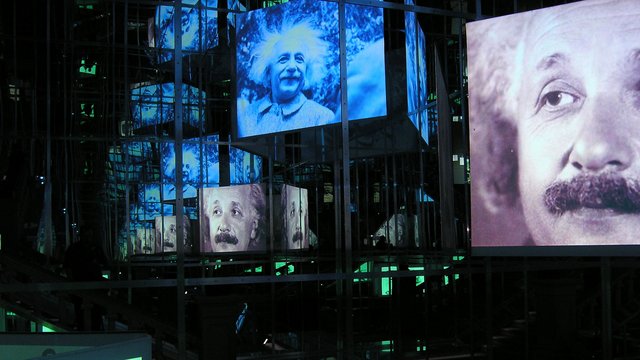
Museum tips in the city of Bern
Museum of Communication
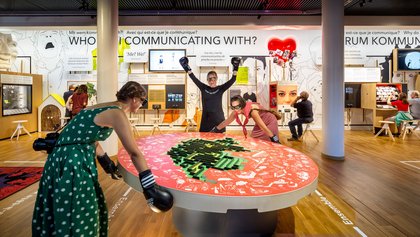
We as human beings have always liked communicating, whether it’s by mail coach, smartphone or a chip under the skin. The Museum of Communication showcases these means in all their forms ‒ from the past right through to the near future. Interactive stations, surprising exhibits, large video screens and people in person are there to convey our fascination with the world of communication.
Bernisches Historisches Museum

The Bernisches Historisches Museum (Bern Historical Museum) is one of the most important museums of cultural history in Switzerland. Its collections comprise around 500,000 objects dating from the Stone Age right through to the present, representing cultures and civilisations from all over the world. The permanent exhibitions are to be found in the ‘Museum castle’, with the temporary exhibitions showcased in the modern annex building. The integrated Einstein Museum offers an account of the life and work of the famous physicist.
Einstein Museum
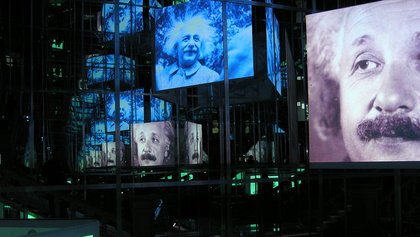
Albert Einstein’s world-famous equation revolutionised the popular notion of time and space. It was while living in Bern that the physicist developed his theory of relativity. The Einstein Museum integrated into the Bern Historical Museum features some 550 original exhibits and reproductions, 70 films and numerous animations, displayed on an exhibition surface area of 1,000 m2. They provide an insight into Albert Einstein’s private and professional life.
Einstein House
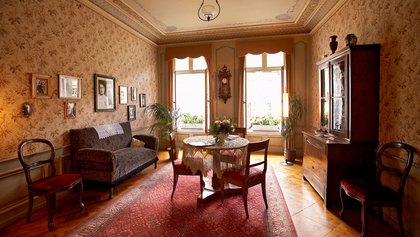
The Einstein House at Kramgasse 49 in Bern offers a vivid insight into the home environment of Albert Einstein, his wife Mileva and their son Hans Albert. Einstein rented the apartment on the second floor from 1903 to 1905 and, during that time, worked on his groundbreaking theory of relativity. The apartment shows the furniture and furnishings from that time as well as pictures and written documents. The third floor has an exhibition room with display cabinets documenting the life and work of Albert Einstein.
Zentrum Paul Klee
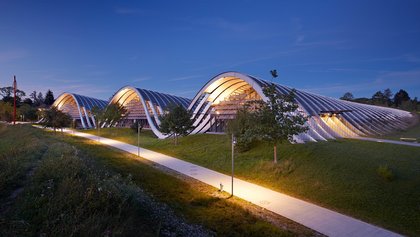
The Zentrum Paul Klee designed by Italian star architect has long been one of the city’s landmarks. With some 4,000 works it boasts the largest collection of paintings, watercolours and drawings from all the creative periods of Paul Klee’s life. The Creaviva Children’s Museum has lots of interactive, experience-based art education offers for children.
Museum of Fine Arts Bern
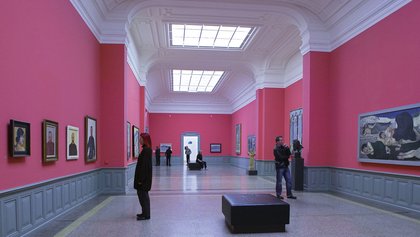
Pablo Picasso, Vincent van Gogh, Ferdinand Hodler, Albert Anker, Paul Klee and Meret Oppenheim are among the artists who have made the Museum of Fine Arts Bern an institution of world renown. The permanent collection ranges from the Gothic period to the present day. It currently consists of more than 4,000 paintings and sculptures as well as 45,000 handmade drawings, prints, photographs, videos and films.
Swiss Alpine Museum
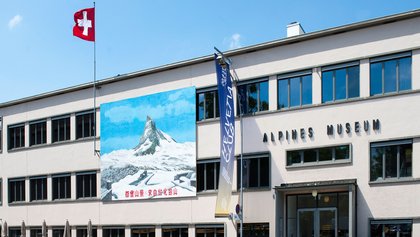
Tourism, climate change, the Alps between tradition and innovation are all themes explored by the Swiss Alpine Museum. It sees itself as the ‘Embassy of the Alps’ in Switzerland’s capital city and addresses the Alpine region in its entirety, regardless of borders, from Slovenia to France. Major special exhibitions and events continually provide new approaches to the mountain environment and the people who live there.
Natural History Museum of Bern
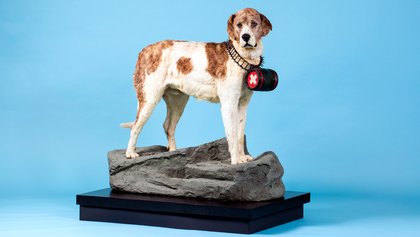
Barry, the famous rescue dog, is one of the best known exhibits at the Natural History Museum of Bern. He even has his very own exhibition. But the city’s oldest museum also has lots more interesting fun facts about animals, plants and minerals to offer visitors of all age groups. It’s a family museum through and through, with lots of programme offers for children.
Kunsthalle Bern
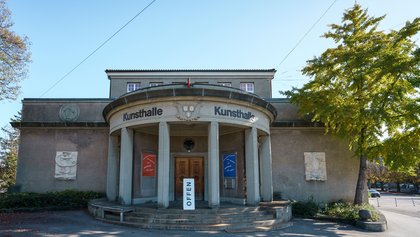
Contemporary art raises all sorts of questions; Kunsthalle Bern, for its part, addresses those issues. It showcases contemporary works by young artists and well-known names alike. The Kunsthalle Bar is a work of art in its own right. The floating platform designed by artist duo Lang/Baumann was designed in 2018 to mark the 100th anniversary of Kunsthalle Bern; in summer, it provides a wonderful setting for after-work drinks.
Collection of Classical Antiquities Bern
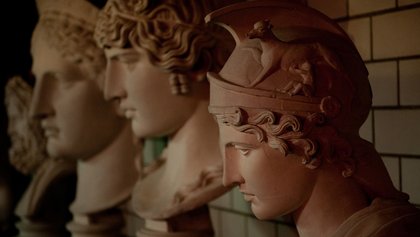
The Collection of Classical Antiquities Bern features the most famous sculptures from Greek and Roman Antiquity: Aphrodite, who arose from the foam of the sea, the beautiful Cleopatra, but also the mighty Augustus. The collection comprises a total of 230 sculptures; however, these are not the originals from Antiquity, but true replicas designed as plaster casts. The Collection of Classical Antiquities was established in 1806 when the city of Bern commissioned the sculptures for drawing lessons.










